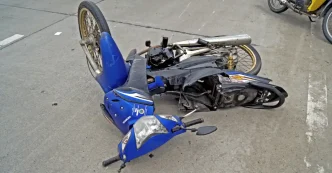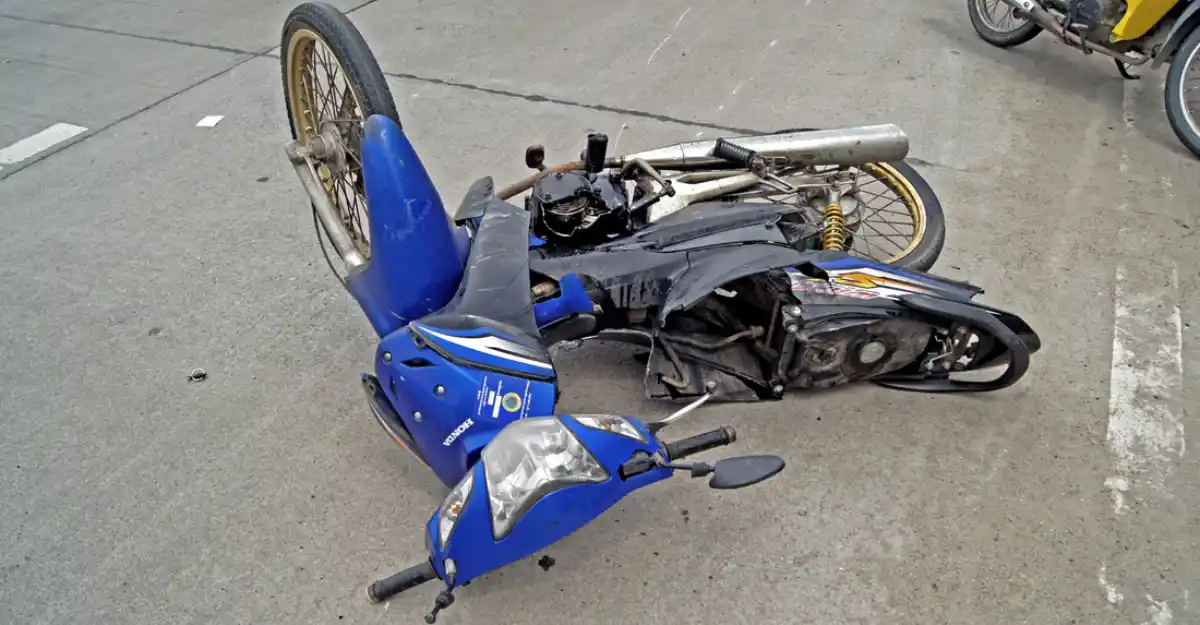In Malaysia, the sight of teenagers weaving through traffic on motorcycles has become alarmingly common, despite strict laws setting the minimum age for obtaining a license at 16. This persistent issue, fueled by lax enforcement and socio-economic challenges, has led to tragic consequences, with thousands of underage deaths recorded over the past decade. As calls for stricter accountability grow, experts and officials are grappling with how to balance enforcement with the realities of rural life, where motorcycles are often a necessity for young people.
A Persistent and Deadly Problem
The Human Rights Commission of Malaysia (Suhakam) has repeatedly raised the alarm over the high incidence of underage motorcycle riding, linking it to poor parental oversight and inadequate enforcement. Dr. Farah Nini Dusuki, Suhakam’s Children’s Commissioner, has pointed to the heartbreaking statistic that nearly 2,900 underage individuals have lost their lives while riding motorcycles over a 13-year period. A recent tragedy in Johor, where a 14-year-old motorcyclist caused a friend’s death after a collision with a lorry, has reignited public outrage and underscored the urgency of addressing this issue.
Dr. Farah Nini, who conducted studies on the government’s Diversion pilot project between 2019 and 2022 in areas like Port Dickson and Seremban, highlighted the systemic challenges. “I did the implementation study and later the evaluation study. The police from the traffic division and Crime Prevention and Community Safety Department both attest to parents’ attitude towards child safety were lax” she said. Her findings suggest that warnings alone have failed to deter the practice, as socio-economic factors—particularly in rural areas where public transport is scarce—often push teenagers to ride out of necessity.
Socio-Economic Realities and Rural Challenges
In many parts of Malaysia, especially in rural and underserved regions, motorcycles are not a luxury but a lifeline. Public transportation is either unavailable or prohibitively expensive, leaving families with few alternatives. Dr. Farah Nini noted that in Shah Alam, a short trip can cost a child 20 Malaysian Ringgit (US$4), an amount that many families struggle to afford daily. For students, riding a motorcycle to school becomes the only viable option, despite the legal restrictions and inherent dangers.
This reality complicates enforcement efforts. While the law is clear—16 is the minimum age for motorcycle licenses under classes A, B2, B, and C—enforcing it in communities where economic hardship drives behavior is far from straightforward. “Passing laws is easy, but enforcing them is another story” Dr. Farah Nini said, pointing to the need for policies that address root causes rather than simply penalizing offenders.
Calls for Parental Accountability and Legal Reform
As the death toll mounts, there is growing consensus among child welfare advocates and legal experts that parents must bear greater responsibility for allowing or enabling their children to ride illegally. Datuk Dr. Raj Abdul Karim, chairman of the Malaysian Council for Child Welfare, has called for parents to be held accountable under the Child Act 2001 for negligence if they fail to prevent their underage children from riding motorcycles. “There is a reason children are not allowed to ride motorcycles because their reflexes have not fully developed, as such they cannot react in time” she told a local outlet.
Dr. Raj emphasized practical measures, such as ensuring that motorcycle keys are inaccessible to children and educating families about the risks. She also urged schools to play a more active role by monitoring students who arrive on motorcycles and incorporating road safety education into curricula. Innovative ideas, such as a “buddy system” pairing at-risk students with mentors, have been proposed as ways to steer young people away from dangerous behaviors.
Suhakam Commissioner Ragunath Kesavan, a former Bar Council chairman, echoed the need for stricter enforcement of existing laws like Section 26(1) of the Road Transport Act 1987, which addresses unlicensed driving. However, he acknowledged the difficulty of implementation. “There should be strict enforcement of the existing laws, but at the same time it is very difficult to enforce” he said. Kesavan also pointed to a lack of public education as a key driver behind widespread disregard for the law, suggesting that awareness campaigns could complement punitive measures.
Government Response and Policy Review
The Malaysian government has taken note of the mounting criticism and tragic incidents. In late 2023, Transport Minister Anthony Loke announced that the Ministry of Transport would review fines for underage drivers as stipulated under the Road Transport Act 1987. While details of the review remain unclear, the move signals a potential shift toward harsher penalties or alternative interventions to curb the trend. If confirmed, such reforms could introduce new mechanisms to hold both young riders and their guardians accountable, though their effectiveness will depend on addressing the broader socio-economic context.
Advocates like Dr. Raj have also suggested non-punitive measures for young offenders, such as community service, as a way to teach responsibility while avoiding the long-term consequences of a criminal record. This approach, they argue, could serve as a middle ground between leniency and harsh punishment, focusing on rehabilitation rather than retribution.
Balancing Enforcement with Empathy
The debate over underage motorcycle riding in Malaysia reveals a deeper tension between legal accountability and the realities of life for many families. On one hand, the statistics are undeniable: thousands of young lives have been lost, and the risks of allowing untrained, underage riders on the road are immense. On the other hand, punishing children or parents without addressing the lack of affordable transport options risks alienating already vulnerable communities.
Experts agree that a multi-pronged approach is necessary. This could include subsidies for public transport in rural areas, expanded road safety education in schools, and community-based programs to support at-risk youth. At the same time, stronger enforcement—potentially targeting parents who knowingly allow their children to ride—could serve as a deterrent, provided it is paired with public awareness campaigns to shift cultural attitudes toward child safety.
The Road Ahead
As Malaysia grapples with this deadly trend, the path forward remains uncertain. Will legal reforms and stricter enforcement make a meaningful difference, or will socio-economic barriers continue to undermine efforts to keep young riders off the roads? For now, the loss of young lives serves as a grim reminder of the stakes involved. Families, schools, and policymakers alike face the challenge of finding solutions that protect the nation’s youth without ignoring the harsh realities many of them face daily.
In the wake of yet another tragedy, the question looms large: how many more lives must be lost before lasting change takes hold?
















